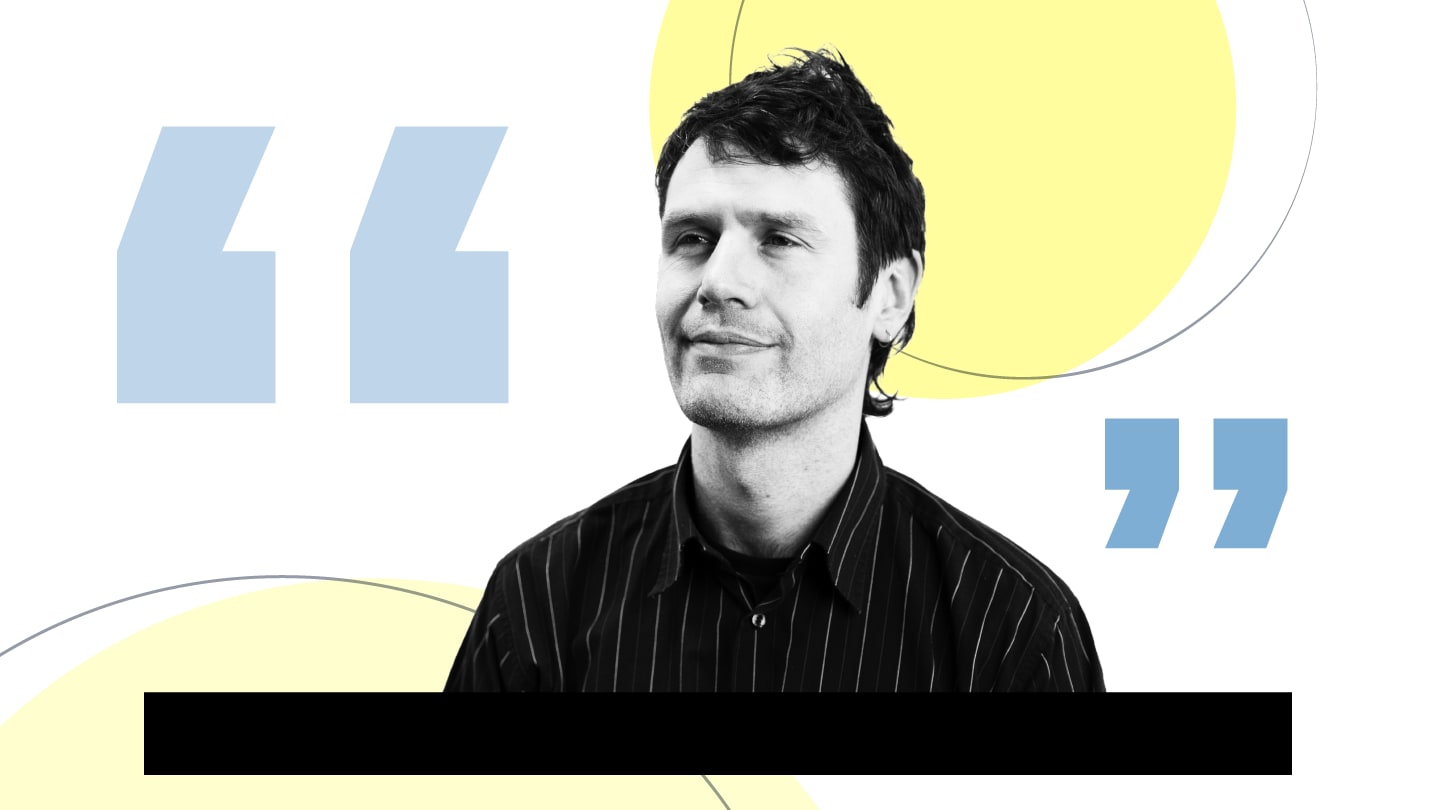
It’s true that we talk about sustainability quite a bit at The Ophthalmologist. As Deputy Editor, I’m regularly trying to reach out to individuals with a “sustainable mindset.” We also have our Standpoint on Sustainability (SOS) series, featuring familiar faces in ophthalmology discussing ways in which the industry might work towards the United Nation’s Sustainable Development Goals (SDGs). The SDGs are a universal framework of 17 interconnected goals set for all UN member states as part of the 2030 Agenda for Sustainable Development, which looks towards goals such as eliminating poverty “in all its forms” and achieving gender equality around the world.
Our “SOS” articles tend to be focused on points 8, 9, and 12 of the UN’s SDGs – “economic growth,” “industry, innovation and infrastructure,” and “sustainable consumption and production patterns.” Recently, Andres Benatti examined how architectural design can impact a practice’s sustainability; John Hovanesian described his voluntary role at global cooperative EyeSustain; Cassandra Thiel elaborated on her research into quantifying the emissions of ophthalmic medical devices and procedures; and our 2024 Rising Star, Radhika Rampat, discussed how regulators genuinely are the key to ensuring greater compliance across the profession.
Within ophthalmology, there are companies – as in any industry – that pay lip service to sustainability (buzzwords include “plastic neutrality ”and “carbon neutral manufacturing") without following through on their promises. This gap between a company’s claims and its actions is known as “greenwashing,” a term coined by American environmentalist Jay Westerveld back in 1986. He used it to convey the hypocrisy he witnessed at a sprawling Fiji hotel where guests were asked to reuse their towels to help save the environment, all while the hotel itself expanded its real estate, causing local ecological damage in the process.
While greenwashing continues apace, there are some big-name companies in ophthalmology who do seem to be acting on their claims. Contact lens company, CooperVision, for example, has partnered with Plastic Bank to produce the Clariti 1 day contact lens, the first net plastic-neutral contact lens in the US. Meanwhile, Alcon currently has 70 percent of its manufacturing sites listed as being 100 percent landfill-free from non-hazardous waste disposal. And ZEISS Group UK has implemented measures to reduce water and energy consumption, using no water for its lens cutting, a practice which saves enough water to meet the drinking needs of 180,000 people for a year.
Both Alcon and ZEISS have also committed to achieving carbon neutrality across their global operations – ZEISS by 2025 and Alcon by 2030. Of course, whether these goals will be achieved remains to be seen, but – based on the company’s efforts so far – they look like a step in the right direction.
If you’d like to contribute to the sustainable conversation here at The Ophthalmologist, please do get in touch: Alun.Evans@conexiant.com.
